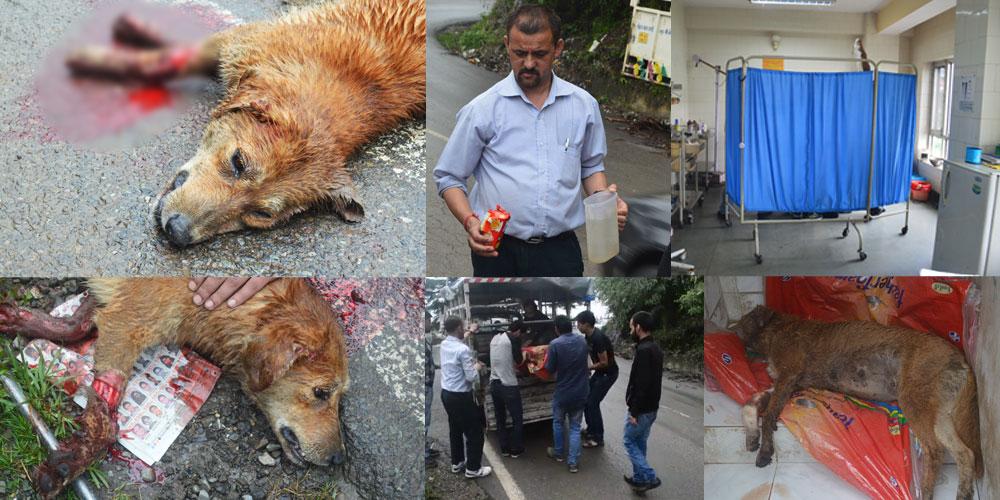Stray Dog’s Death in Shimla Sparks Debate Over Lack of Animal Care Facilities
Last Saturday, residents in Kasumpti, Shimla, witnessed a heartbreaking sight—a stray dog writhing in pain on the roadside after sustaining severe injuries. Local citizens stepped in to help and rushed the dog to a hospital. However, when they followed up at the sterilization center on Monday, they were met with tragic news: the dog had died before receiving veterinary care, as the attending doctor had been away on holiday for two days.
According to the municipal veterinary staff, Shimla currently has no rescue, shelter, or treatment provisions for stray animals. The city only operates a dog sterilization center, where dogs are captured, sterilized, and released back onto the streets. There are no facilities for providing medical treatment or long-term shelter for injured or abandoned animals.

Animal welfare volunteers expressed frustration, pointing out that euthanasia was suggested by the vet as the only way to relieve the injured dog’s suffering. “It was really painful to see the poor creature thrashing on the roadside and bleeding for hours,” one volunteer explained. “But the system here is not designed to treat them—only to sterilize them.”
The incident has also triggered political controversy. Some CPI (M) sympathizers allegedly ridiculed the concern shown by citizens, calling it “drama” after Deputy Mayor and Mayor—both CPI (M) leaders—were tagged in social media updates about the case.
In a statement, Pankaj Kumar, one of the citizens who tried to help, questioned the authorities:
-
“If we find an injured stray animal, which number are we supposed to call? Has any helpline ever been advertised? Where are citizens supposed to seek help?”
Beyond immediate rescue concerns, activists also pointed to the root causes of rising stray dog and monkey populations in Shimla: uncontrolled littering and poor waste management. Open heaps of garbage and overflowing dumpers left unattended for days attract animals into densely populated areas in search of food.
“Newspapers and politicians often portray these animals as villains after bite incidents,” the group noted. “But they fail to address the real issue—poor waste segregation and disposal. If we truly want to reduce human–animal conflict, we must start with cleanliness and responsible waste management.”
Despite the tragic outcome, the volunteers expressed gratitude to those who came forward to help, including individuals willing to contribute to the dog’s treatment costs or even offer adoption. “At the end of the day, this shows that there are still people with compassion who can relate to the suffering of other living beings,” the statement concluded.